Vegan Pad See Ew is a must-make on any Thai foodie lover’s list. With this recipe you can have it any time without leaving your kitchen!
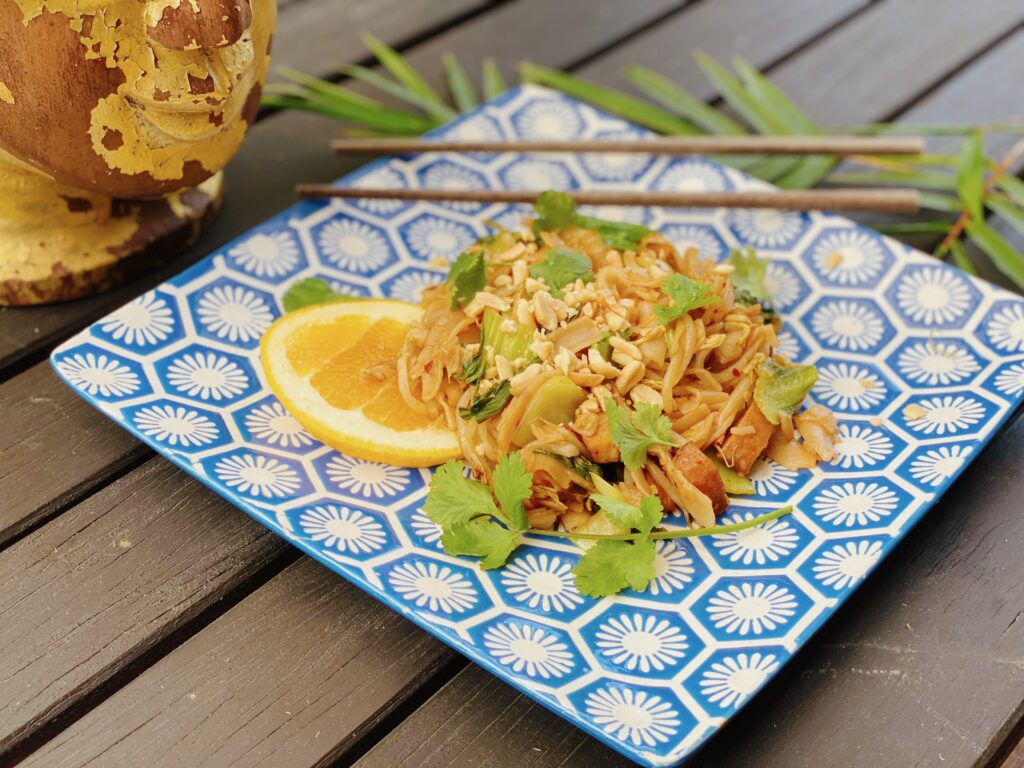
A Healthy Take on the Classic Pad See Ew
Pad See Ew (Phat si-io) is that classic dish you’ll likely find on every street corner throughout Thailand. This healthy version features noodles with stir-fried tofu, bok choy, mung bean sprouts, and peanuts. Yum!
What Does “Pad See Ew” Mean?
In Thai, “Pad” means stir-fry, which is how the dish is cooked. “See Ew” is a kind of dark soy sauce that gives the dish its unique sweet and savory taste.
Nutritional Spotlight on Key Ingredients
Tofu: Loaded with protein, it’s a top pick for vegetarians and vegans.
Bok Choy – Superfood Greens: Not just a crunchy green, bok choy is bursting with vitamins A, C, and K, as well as essential minerals like calcium and iron.
Mung Bean Sprouts: Packed with essential vitamins, minerals, and amino acids.
Peanuts: More than their crunch, they’re flavorful and loaded with protein, good fats, and numerous beneficial nutrients.

Tofu
Tofu is a versatile ingredient that’s great for boosting protein in various recipes. Its absorbent nature makes it ideal for soaking up flavors, like your mentioned soy marinade.
For meat-like chunks: Extra-firm tofu is your best bet. It holds its shape well and can be stir-fried, grilled, or baked.
For an egg substitute: Silken tofu is a great choice. It has a softer, custardy texture that’s similar to scrambled eggs.
Mung bean sprouts
Mung bean sprouts are a functional food, not only do they provide essential nutrients, but they also boast added benefits ranging from protein to powerful antioxidants. Consequently, they elevate dishes both in taste and health value.
Did you know that a serving of 100 g mung bean sprouts will give you approximately 3 g of protein?
But the benefits of mung bean sprouts don’t stop at protein. They are also a good source of essential amino acids, vitamins, and minerals.
funkin healthy
Health benefits of Mung bean sprouts:
- High in protein: Mung beans stand out as a good source of protein . While the protein content can vary slightly depending on factors such as growing conditions and maturity of the sprouts, they generally contain around 3 to 4 grams of protein per 100 grams.
- Antioxidant Power: Mung bean sprouts have antioxidant properties, which help combat oxidative stress and reduce the risk of chronic diseases.
- Digestive Health: The fiber content in mung bean sprouts promotes healthy digestion and may help prevent constipation. It supports regular bowel movements and maintains gut health.
- Blood Sugar Regulation: Sprouts have a low glycemic index, meaning they cause a slower rise in blood sugar levels. This can be beneficial for managing diabetes and improving overall blood sugar control.
- Heart Health: Regular consumption of mung bean sprouts may contribute to heart health by lowering cholesterol levels. They contain bioactive compounds that help reduce bad cholesterol (LDL) while increasing good cholesterol (HDL).
- Blood Pressure Management: Studies have shown that including mung beans could be beneficial for those aiming to maintain or achieve a healthy blood pressure.
- Weight Management: If you’re looking to manage or reduce your weight, mung beans could be a valuable addition to your meals. They contain both fiber and protein — a combination known to suppress hunger hormones and increase hormones that make you feel full. This means you may end up eating less, helping you with weight loss or maintenance.
Bok Choy
I used bok choy and mung sprouts, but you can use other veggies such as gai lan, cabbage, spinach, carrots, broccoli, bell pepper – or any veggie really.
🔍 More Bok Choy Inspiration:
Love the crisp freshness of Bok Choy? We’re cooking up more deliciousness with this green gem. Give this recipe a go.
👩🍳 Mastering Vegan Pad See Ew: Tips and Tweaks
Here are a few ideas to customize your Vegan Pad See Ew:
- Protein Options: Besides tofu, you can experiment with other plant-based proteins like tempeh or seitan, cooked chickpeas or edamame.
- Add on veggies: Feel free to add other veggies like bell peppers, carrots, mushrooms, or snap peas.
- Spice it Up: If you enjoy some heat, consider adding sliced chili peppers or chili flakes to the stir-fry.
- Garnish Choices: Get creative with garnishes! Sprinkle some sesame seeds, chopped green onions, or cilantro on top.
Wrap Up
Did this recipe transport you to the streets of Thailand? If so, don’t keep the joy to yourself!
Share it with your loved ones and snap a delicious photo of your Pad See Ew. Tag on Insta funkinhealthy.
🔗 Expand Your Vegan Culinary Repertoire
Seeking more high-protein options? Discover these protein-packed recipes that deliver both flavor and nourishment:
🌶️ Fiery Kung Pao Tofu Recipe: Experience the bold and authentic flavors of Sichuan cuisine. Try it out!
💪 High Protein Yaki Soba Noodles Stir-Fry Recipe: Indulge in plant-based protein goodness with this Yaki Udon Noodles Stir-Fry, featuring protein-packed tofu. Get the recipe!
❓Frequently Asked Questions on Pad See Ew
Is Vegan Pad See Ew gluten-free? Traditional Pad See Ew uses wide rice noodles, which are usually gluten-free. However, it’s essential to check the specific brand of rice noodles you’re using, as some may contain gluten or be processed in facilities that handle gluten.
Also, use tamari sauce as a substitute for regular soy sauce.
Is Pad See Ew healthy? With veggies and tofu, it’s already nutritionally dense. Minimize oil and sodium for a healthier version.
Can I freeze this dish? I don’t recommending freezing, as the texture of the noodles and vegetables may change upon thawing.
How do I store leftovers? Store the leftovers in an airtight container in the refrigerator for up to 3-4 days.
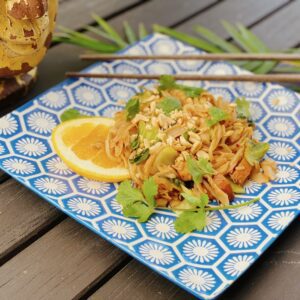
Vegan Pad See Ew | Authentic Thai Noodles Made Healthy
Ingredients
- 8 oz wide rice noodles
- 1 block tofu (your choice of firmness; extra firm for meat-like chunks or silken for an egg substitute) or both
- 2 cups mung bean sprouts
- 2-4 bok choy (substitute with other veggies as preferred)
- crumbled peanuts
- grapefruit wedge (optional)
Vegan Pad See Ew Sauce
- 2 tbsp tamari (or soy sauce)
- 1 tbsp sriracha
- 1 tsp maple syrup
- 1 tsp grapefruit juice (optional, for a tangy flavor)
Instructions
- Prep the Noodles: Cook the wide rice noodles according to the package instructions. Once cooked, drain and set aside.
- Prep the Tofu: If using extra firm tofu, drain and cut into bite-sized cubes. If using silken tofu as an egg substitute, simply drain it. No need to press the tofu for this recipe, but make sure to drain off as much moisture as possible.
- Prepare the Marinade: In a bowl, combine soy sauce with a hint of sriracha. Adjust to taste. Mix well and set aside.
- Stir-fry Tofu: In a large wok or frying pan, heat a splash of oil over medium heat. Once hot, add the tofu cubes or silken tofu. Stir fry until they are slightly golden, ensuring they're well-cooked but not overly crispy.
- Add Vegetables: Increase heat to medium-high. Add the bok choy and mung bean sprouts to the pan with tofu. Stir fry until the vegetables are tender yet still crisp.
- Add the Noodles: Introduce the cooked wide rice noodles to the wok or pan. Stir everything well.
- Pour the Marinade: Drizzle the soy-sriracha marinade over the noodle mixture. Stir-fry for another 1-2 minutes, ensuring everything is well coated and heated through.
- Serve: Dish out your Vegan Pad See Ew onto plates. Top with crumbled peanuts. Serve with a grapefruit wedge on the side.
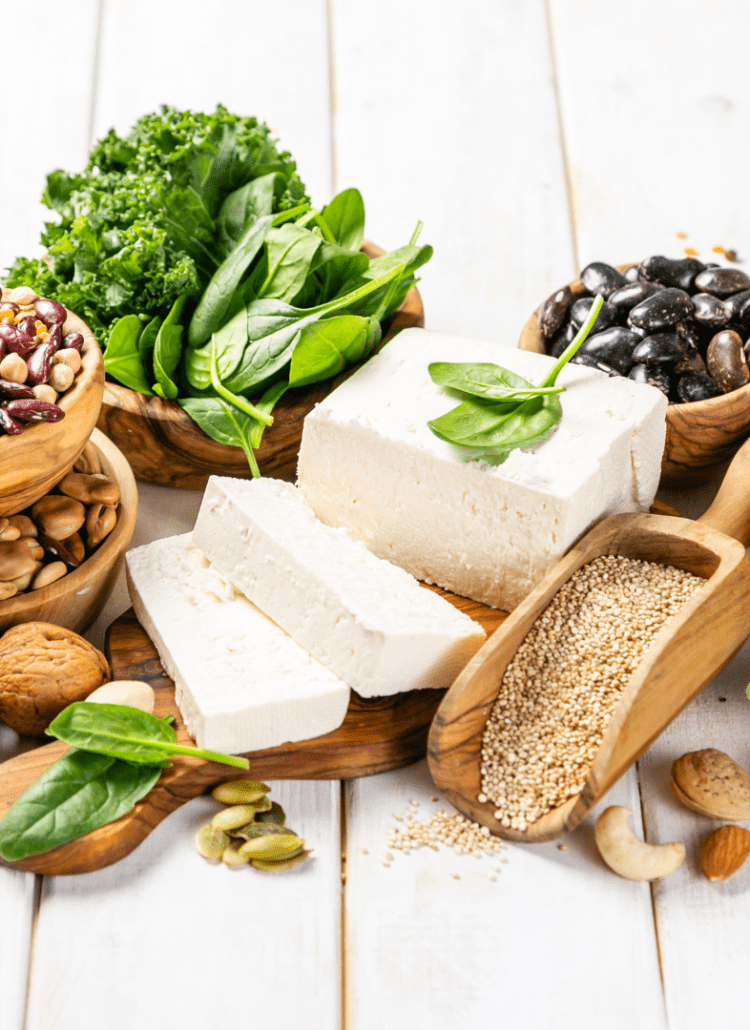
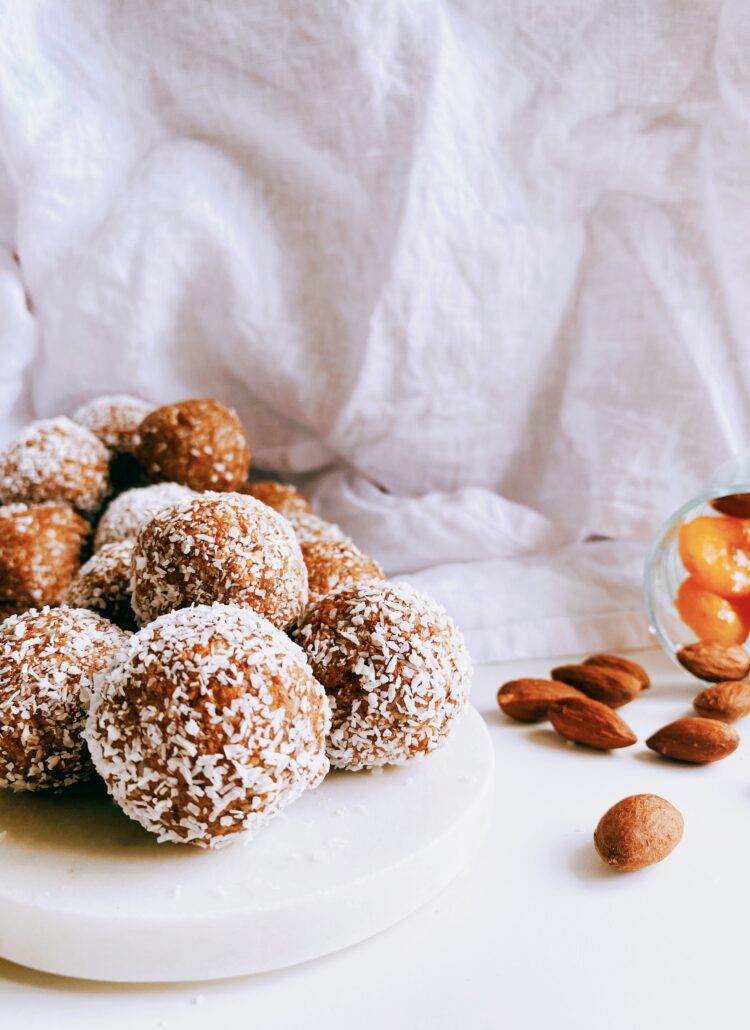
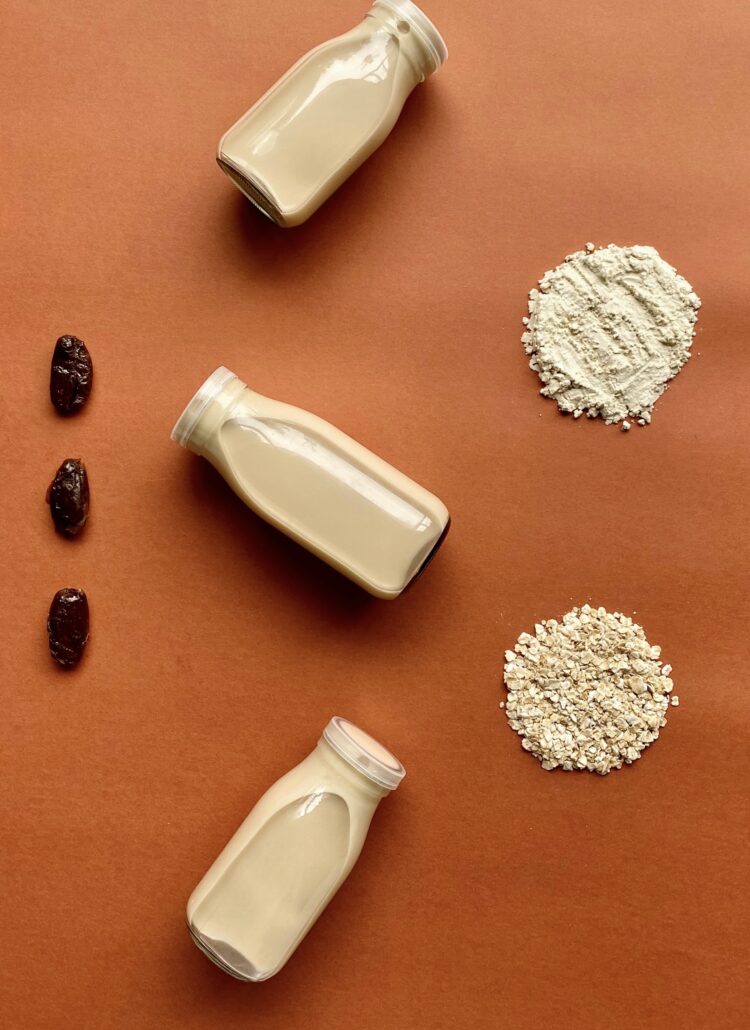
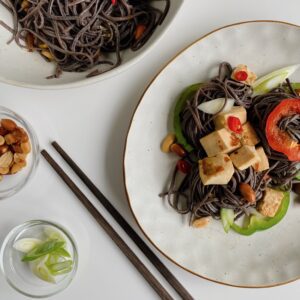
Leave a Reply